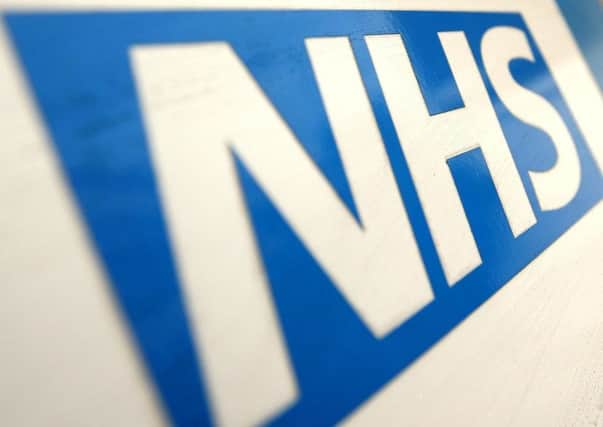Big rise in care transfer delays


Latest figures presented to Wigan’s health and wellbeing board show that delayed transfers of care for NHS patients in acute settings has risen from 1,657 to 3,132 days.
This has contributed to an 89 per cent rise for people waiting to be allowed home or placed in care homes, following their treatment.
Advertisement
Hide AdAdvertisement
Hide AdBut the increase is not down to Wrightington, Wigan and Leigh NHS Foundation Trust (WWL), councillors have heard.
Just 13.6 per cent of the delay days, or 426 days, are down to WWL.
Under health service reforms, Wigan is now grouped with Bolton and Salford, the latter being the recognised major trauma centre for Greater Manchester west.
The rate per 100,000 patients for Wigan is 6.9, while the tally is 11.8 for Bolton and 18.6 in Salford.
Advertisement
Hide AdAdvertisement
Hide AdIn a report to the health board Paul McKevitt, the council’s deputy chief executive said the majority of delays appeared to be the responsibility of other providers.
He added: “Wigan’s total delayed days per 100,000 was 220.1 compared with the North West average of 508.4 and an England average of 459.9. This ranked Wigan as the 30th best performing locality in England out of 151 areas and the third best out of the 23 north west localities.”
Earlier this month the Wigan Post reported how there was a Manchester-wide drive to tackle bed blocking. And the borough had already stolen a march on neighbours by introducing specialist teams to address the issue.
As part of Wigan’s Better Care Fund allocation, borough health partners will spend £750,000 on measures to reduce delayed transfers of care, alongside early intervention and prevention schemes. Delayed transfers of care have been identified by the Department of Health as a key target, on which NHS trust and commissioners can expect major future funding decisions to be made.